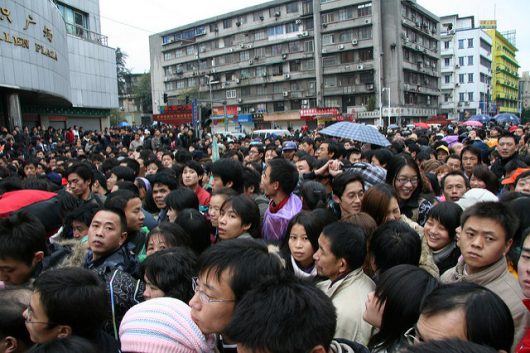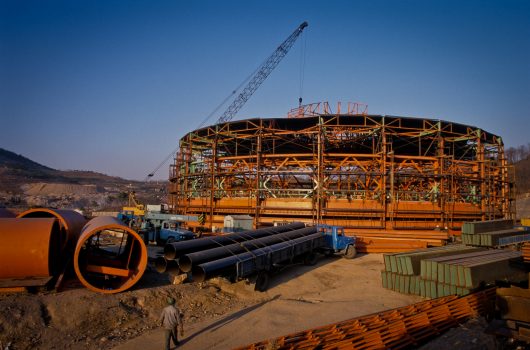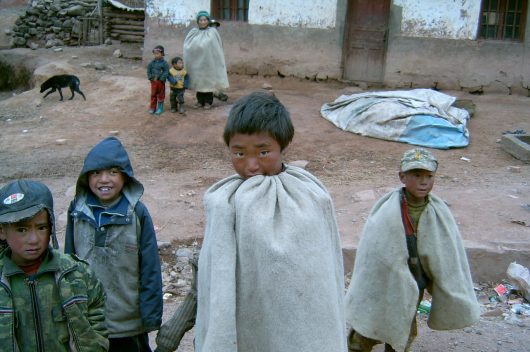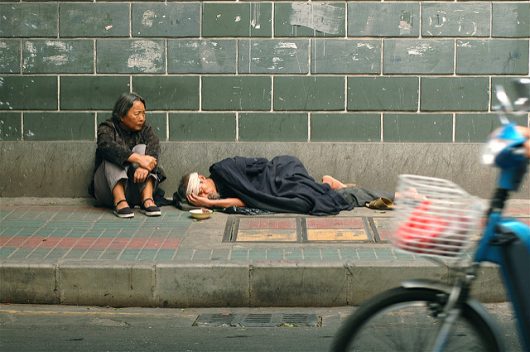
Oftentimes, the media misrepresents Burkina Faso, a landlocked country in western Africa. Major journalist outlets like the New York Times or the Guardian usually only take note of terrorist or militia attacks in the country or diplomatic exchanges like when Burkina Faso most recently tied itself to China after renouncing connections to Taiwan.
How the Media Misrepresents Burkina Faso
The New York Times’ website portrays how the media misrepresents Burkina Faso, with articles that carry headlines like “Militants Carry Out Deadly Attacks in Burkina Faso” or “Gunmen Kill 18 at Restaurant in Burkina Faso.” This is not to say that the Times only report these negative events, as it also has an article titled “U.S. Pledges $60 Million for Antiterrorism Force in Africa” with Burkina Faso being cited as one of the beneficiaries.
In the past year, the Times published three articles about violence, two neutral-leaning articles about diplomacy with China and Taiwan and only 1 positive article, which was about France returning artifacts to the country. Overall, the media misrepresents Burkina Faso through its tendency to post negative articles.
The Death Penalty
Another way the media misrepresents Burkina Faso is by not covering the improvements the country has made, especially about humanitarian issues. As of June 1, 2018, Burkina Faso outlawed the death penalty with Justice Minister Rene Bagoro stating that the passing of the new law allows for “more credible, equitable, accessible and effective justice in the application of criminal law.”
While the country’s last known execution was in 1988, Burkina Faso hasn’t used the death penalty for 30 years. However, the passing of the law strengthens the country’s humanitarian resolve. This new parliamentary decision has been applauded by groups ranging from Amnesty International to the Catholic Church, which demonstrates that human rights movements are progressing in the country.
Clean Water Access
Another way the media misrepresents Burkina Faso is with the country’s access to clean water. In 2015, UNICEF reported 76 percent of the rural population and 97 percent of the urban population had access to clean drinking water, meeting or exceeding the country’s water-related millennium goals. Compared to neighboring country Ghana’s 66 percent rural access and 88 percent urban access, Burkina Faso is a leader in the region.
Access to clean water is one of the biggest problems in Saharan and Sub-Saharan Africa, where North African countries lead the charge with 92 percent safe water coverage in 2014 as reported by the U.N. However, 40 percent of the 783 million people in Sub-Saharan Africa go without clean drinking water. This is a major problem for Africa, but one Burkina Faso has been ahead of the curve on.
This improvement can be heavily attributed to the National Office for Water and Sanitation (ONEA), which is a state-run utility company that began operating in the 1990s. According to the World Bank, it is a “capable state company with the ability to absorb external funding effectively.” The World Bank also says Burkina Faso is a model country in Francophone West Africa in regards to its water capabilities.
Despite how the media misrepresents Burkina Faso, there have been improvements in the small West African country, as shown in humanitarian and clean water improvements. While there is a still a long way to go for Burkina Faso in regards to humanitarian efforts and overall infrastructure, it is still important to acknowledge the progress that has already been made.
– Dylan Redman
Photo: Flickr


 In recent years, five major development projects in China have made significant progress. Consider the proposal for the international Belt and Road Initiative in China, which will not only build trade connections between China and other nations in the world, but also create strategic alliances for military applications.
In recent years, five major development projects in China have made significant progress. Consider the proposal for the international Belt and Road Initiative in China, which will not only build trade connections between China and other nations in the world, but also create strategic alliances for military applications.  China is the world’s
China is the world’s 
 Ironically, China’s urbanization, which initially was seen as an improvement for the country’s economy, is now known to be one of the leading causes of poverty in China. The urbanization initiative, which began back in 2012, was
Ironically, China’s urbanization, which initially was seen as an improvement for the country’s economy, is now known to be one of the leading causes of poverty in China. The urbanization initiative, which began back in 2012, was 


